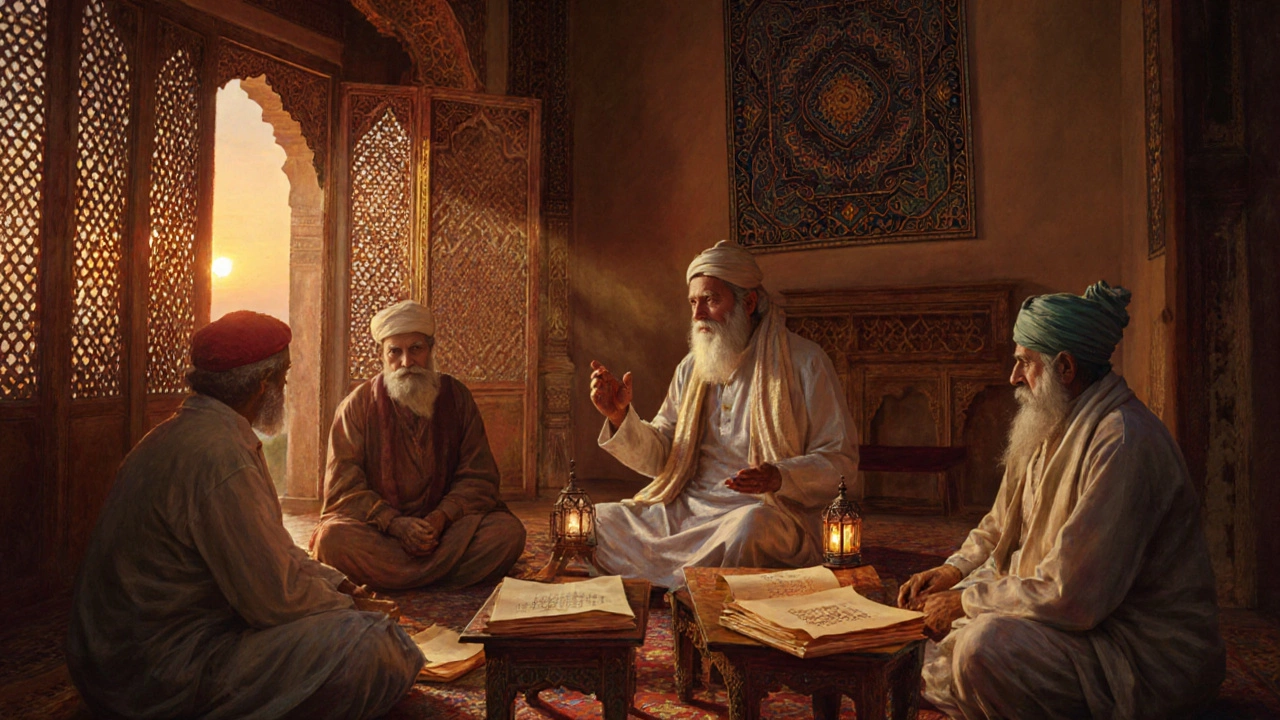Musaddas Poetry: What It Is and Why It Matters
Ever heard the word Musaddas and thought it was just another fancy term? It’s actually a simple but powerful poetry style that shows up a lot in Urdu and Hindi literature. In plain English, a Musaddas is a poem built on six-line stanzas – that’s where the name comes from ("musaddas" means "six" in Arabic). This structure lets poets weave long stories, moral lessons, or emotional reflections without getting tangled.
Why does the six‑line format work so well? The first four lines usually set up a theme or scene, while the last two deliver a punch – a rhyme, a moral, or a vivid image. The rhythm stays steady, so readers can follow the flow easily, even when the subject gets heavy. Think of it as a musical chorus that repeats the main beat while the verses explore new ideas.
Where Musaddas Comes From
The form traces back to Persian poetry, but it truly blossomed in the Indian subcontinent during the 19th century. Poets like Al-Hallaj and later Allama Iqbal used Musaddas to discuss spirituality, social change, and national pride. Iqbal’s famous “Musaddas‑e‑Hali” is still taught in schools because it mixes personal reflection with a call for unity.
Because the structure is flexible, Musaddas works for both serious topics and light‑hearted verses. You’ll find it in devotional songs, protest poetry, and even modern rap lyrics that borrow the six‑line rhythm for impact.
How to Spot a Musaddas
Look for these clues:
- Stanzas of six lines each.
- Rhyme scheme often follows A‑A‑B‑B‑C‑C or similar patterns.
- A clear shift in meaning between the first four lines and the last two.
- A steady beat that makes the poem easy to recite aloud.
If a poem checks most of these boxes, you’re probably reading a Musaddas.
Want to try writing one? Start with a simple idea – say, a memory of your first monsoon. Draft four lines that set the scene, then add two lines that capture the feeling you want to leave the reader with. Keep the rhyme tight and the rhythm steady, and you’ve got a Musaddas.
In today’s fast‑moving world, Musaddas offers a way to slow down and think. Its balanced structure forces the poet to be concise, and the repeated rhythm helps listeners remember the message. Whether you’re reading Iqbal’s epic verses or a modern friend’s Instagram post, the six‑line beat can make the words stick.
So next time you scroll through a poem and notice a six‑line block, pause. You’ve just found a Musaddas – a piece of Indian literary heritage that still speaks to us, line by line.
Discover the Urdu six‑line poetic form Musaddas, its structure, history, famous examples, and how to write one. Perfect for poetry lovers and beginners.
More